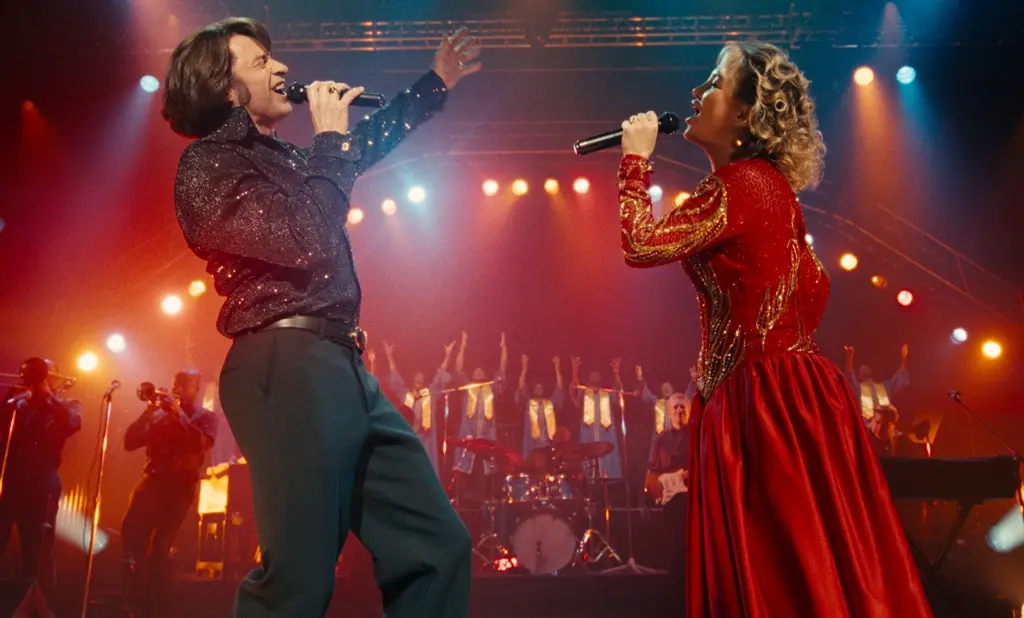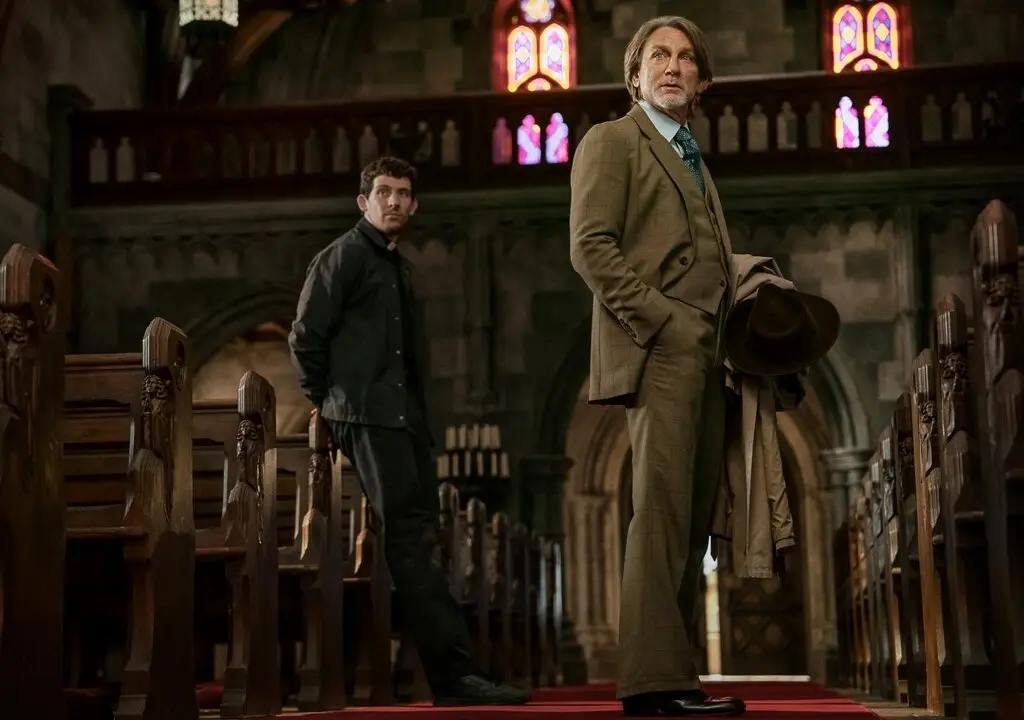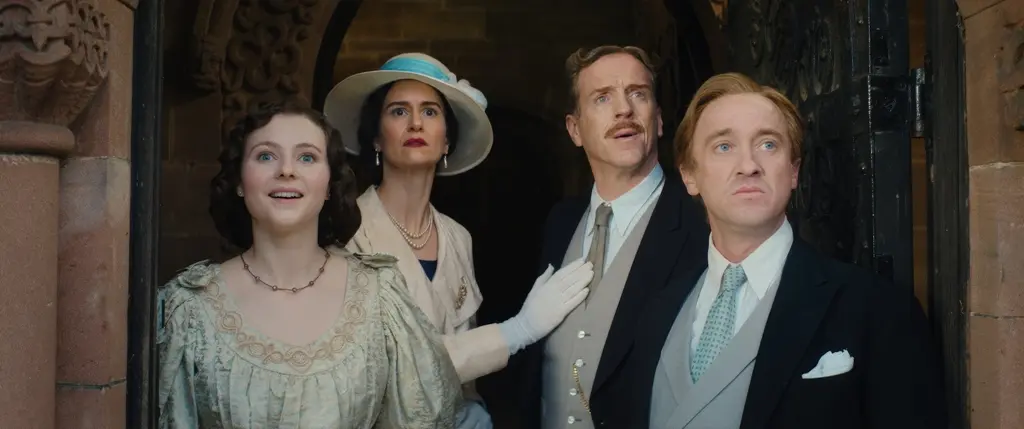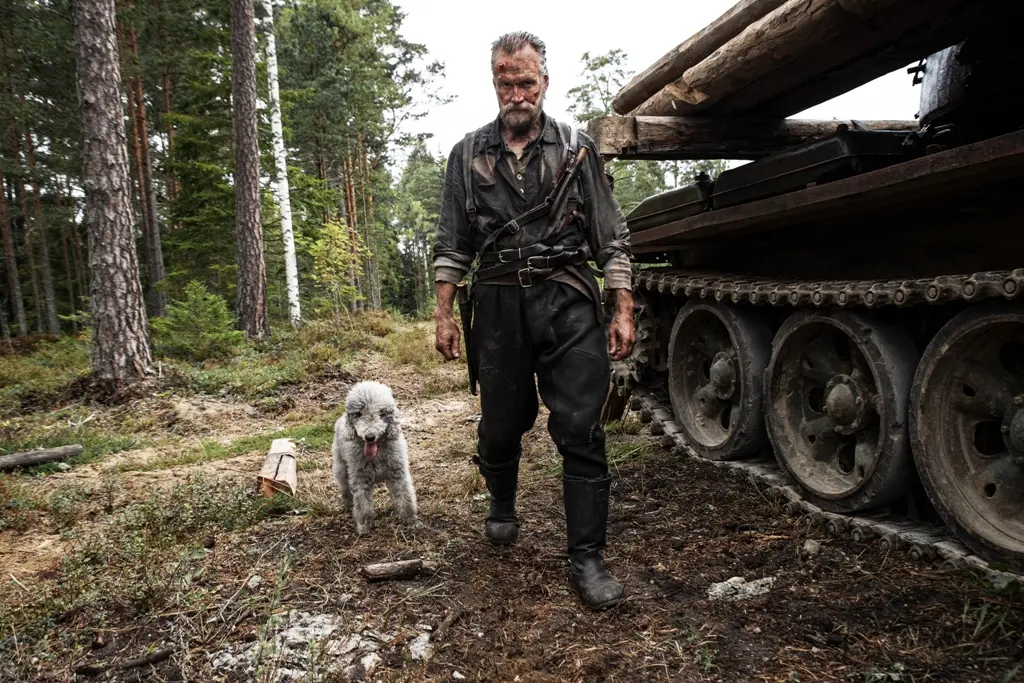R | 1h 30m | Drama, Comedy, History | 2024
Written, co-produced, starring, and directed by Jesse Eisenberg, the mismatched buddy road flick, “A Real Pain,” is a marked improvement on his only so-so 2023 feature directorial debut, “When You Finish Saving the World.”






